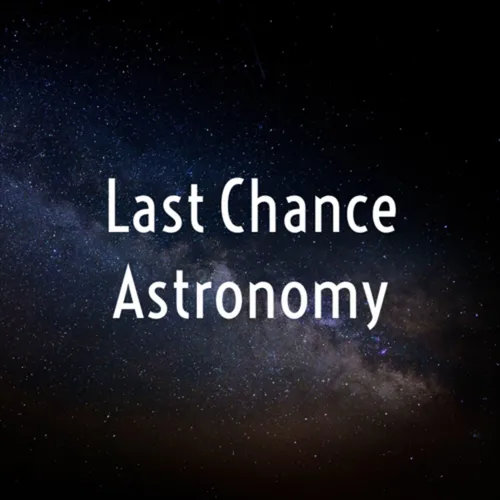SOFIA Confirms Water in Sunny Craters on the Moon
- Author
- Chance L. Spencer
- Published
- Tue 27 Oct 2020
- Episode Link
- https://podcasters.spotify.com/pod/show/lastchanceastronomy/episodes/SOFIA-Confirms-Water-in-Sunny-Craters-on-the-Moon-ellogl
In a recently published paper in the journal Nature Astronomy, SOFIA (the Stratospheric Observatory for Infrared Astronomy) has confirmed that water exists in sunny craters on the moon from data they gathered from an initial test run back in August 2018 where astronomers were curious if they could aim the 2.7-meter infrared telescope (that flies inside a modified Boeing 747SP aircraft and travels up to 45,000 ft up in the atmosphere) at the moon instead of the usual dim objects they observe. The SOFIA telescope has to be transported above 99% of water vapor in Earth’s atmosphere because water vapor absorbs infrared radiation and makes ground-based infrared astronomy impossible.
All the colors that we see are contained within a small region termed “visible light” on a much larger spectrum referred to as the electromagnetic spectrum. Wavelength, which is a fundamental characteristic of light on the EM spectrum, is inversely proportional to energy. Thus, more energetic phenomena in the universe produce light with small wavelengths (UV light, X-rays, and gamma rays) whereas less energetic phenomena emit light with larger wavelengths (infrared, microwaves, and radio waves). Infrared light is typically produced from thermal processes, so it is a wavelength range best suited for looking at warm galactic dust, "hot Jupiters", and searching for signatures of water in the atmosphere of exoplanets. To their surprise, SOFIA was able to detect water signatures at a 6.1 micron wavelength using the Faint Object infraRed CAmera for the SOFIA Telescope (FORCAST) instrument while aimed at the sunny Clavius Crater, a large crater visible from Earth in the moon’s southern hemisphere. This has big implications for the planning of future missions to return to the moon such as NASA’s Artemis program, which hopes to put a woman and man on the moon again by 2024.
